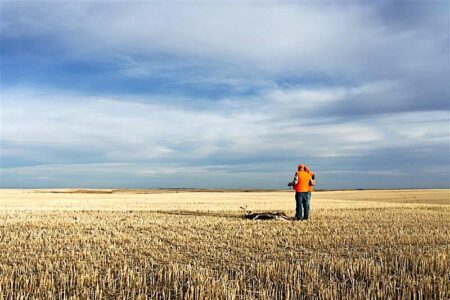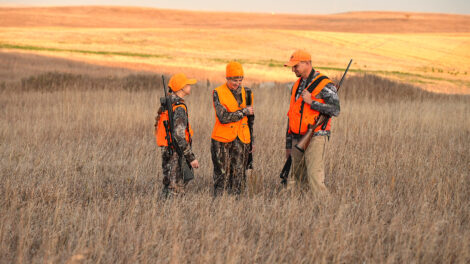Operation Dry Water underway
The North Dakota Game and Fish Department will participate in Operation Dry Water as part of a nationally coordinated effort to increase knowledge about the dangers of boating under the influence. The goal is to reduce the number of accidents and deaths associated with alcohol and drug use on state waterways.
Operation Dry Water weekend, July 4-6, is the national weekend of heightened enforcement directed at boating under the influence laws and recreational boater outreach.
While educating boaters about the hazards associated with boating while under the influence of alcohol or drugs is a year-round effort, on Operation Dry Water weekend the Game and Fish Department’s game wardens focus on the water, informing boaters about safe boating practices, and removing impaired operators from the water.
Tips for staying safe on the water:
– Boat sober: Alcohol use is the leading contributing factor in recreational boater deaths. Alcohol and drug use impair a boater’s judgment, balance, vision and reaction time.
– Wear your life jacket: 85% of drowning victims nationwide were not wearing a life jacket.
– Take the online boating safety education course at the NDGF website. Seventy-one percent of deaths nationwide occurred on boats where the operator had not received boating safety instruction.
Crowing counts up statewide
The number of roosters heard during the North Dakota Game and Fish Department’s 2025 spring pheasant crowing count survey was up 6% statewide from last year.
“We basically have had two really easy winters, especially for North Dakota standards, with not much snow and really nice temperatures,” said RJ Gross, Department upland game management biologist.
The primary regions holding pheasants showed 31.1 crows per stop in the southwest, up from 28.8 in 2024; 21.3 crows per stop in the northwest, down from 21.5; and 18.6 crows per stop in the southeast, up from 16.2. The count in the northeast, which is not a primary region for pheasants, was 6.5 crows per stop, up from 5 last year.
Barring untimely heavy rains, cool weather or hail, Gross expects more good news as the peak of the pheasant hatch is upon us.
“Entering the nesting season, residual grass cover looked good,” Gross said. “The timely May rains caused increased growth in nesting and brood rearing cover across the state. Combined with high overwinter survival the past two years and near ideal nesting habitat conditions, things are looking good for upland birds in portions of North Dakota.”
Pheasant crowing counts are conducted each spring throughout North Dakota. Observers drive specified 20-mile routes, stopping at predetermined intervals, and counting the number of roosters heard crowing over a 2-minute period.




